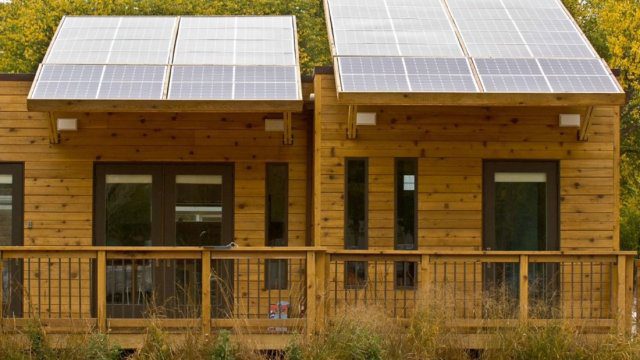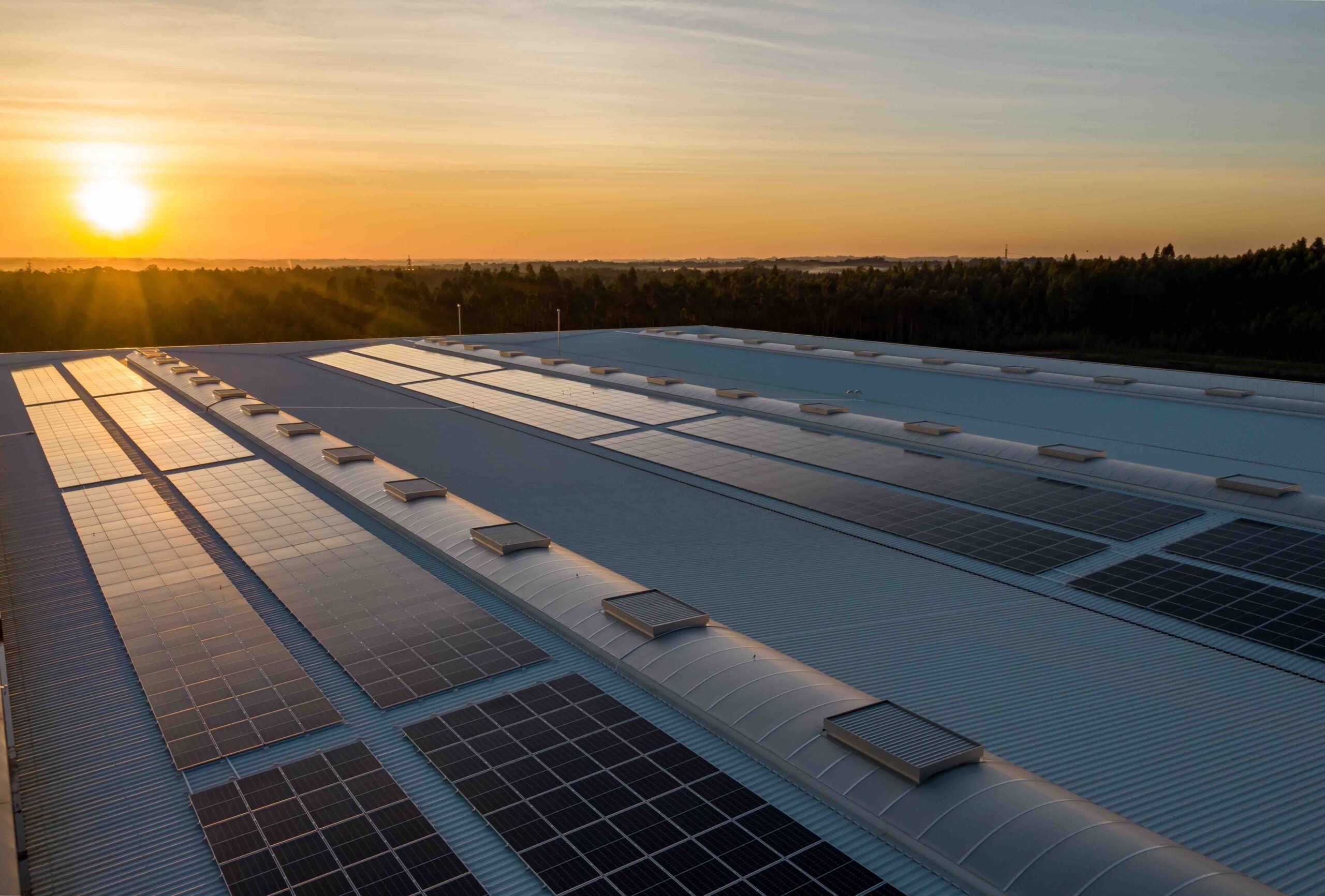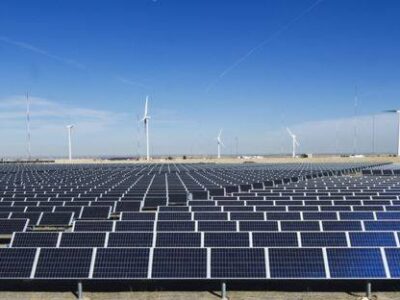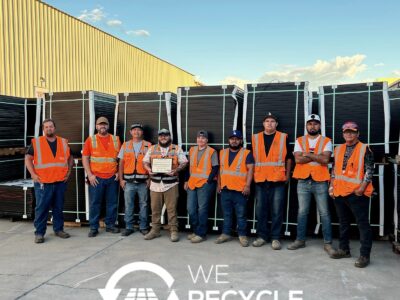The federal government is bolstering the availability of residential solar power via the Solar for All grants program, a part of the Inflation Reduction Act. The $7 billion grant competition is designed to improve low-income communities’ access to solar energy for homes and businesses. The funding, pulled from part of the Inflation Reduction Act’s $27 billion Greenhouse Gas Reduction Fund, will cover up to 60 grants.
“For too long, overburdened communities on the front lines of the climate crisis have been left behind and locked out of clean energy investments and climate solutions,” Michael Regan, U.S. Environmental Protection Agency (EPA) administrator, said at a briefing in Waterbury, Vt. “All communities deserve to participate in America’s growing clean energy economy, and under this competition, we will bring more communities along, working together to build a healthier and cleaner future for all.”

Photo Courtesy EPA
The Greenhouse Gas Reduction fund allows the federal government to quickly move financing and private capital needed to address the climate crisis. The creation of the Solar for All grant program furthers the government’s overall clean energy investment agenda, designed to spread resilient and more affordable solar power to millions of low-income households who, until now, may have had more difficulty accessing clean energy.
The grants are specifically designed to cover solar installation, providing funding for both basic financial assistance and technical assistance. In addition, they are tied to the Justice40 Initiative, designed to make sure 40% of the overall benefits of government investments flow to disadvantaged communities with disproportionate pollution issues.
The new funding is expected to have a big impact. According to the EPA, Solar for All grants will cut electric bills by at least 20% for participating households.
The grants can be used for residential rooftop and residential community solar power in communities previously locked out of clean energy investments.
The funding is designed to not only reduce pollution from traditional fossil fuel systems but also to create new high-paying clean energy jobs in communities that need it the most. So, the grants improve air, water, and soil quality, improve community health, and get money back in the pockets of residents via greater employment opportunities and power cost savings.

Photo Courtesy Vivint Solar
Grant Applications were open to states, municipalities, territories, and Tribal governments; the closing date was Oct. 12. Information on the application process can be found on the EPA website.
Solar for All doesn’t just empower underserved communities, but it also helps the United States reach its carbon emissions reduction goals, including net-zero emissions by 2050.





